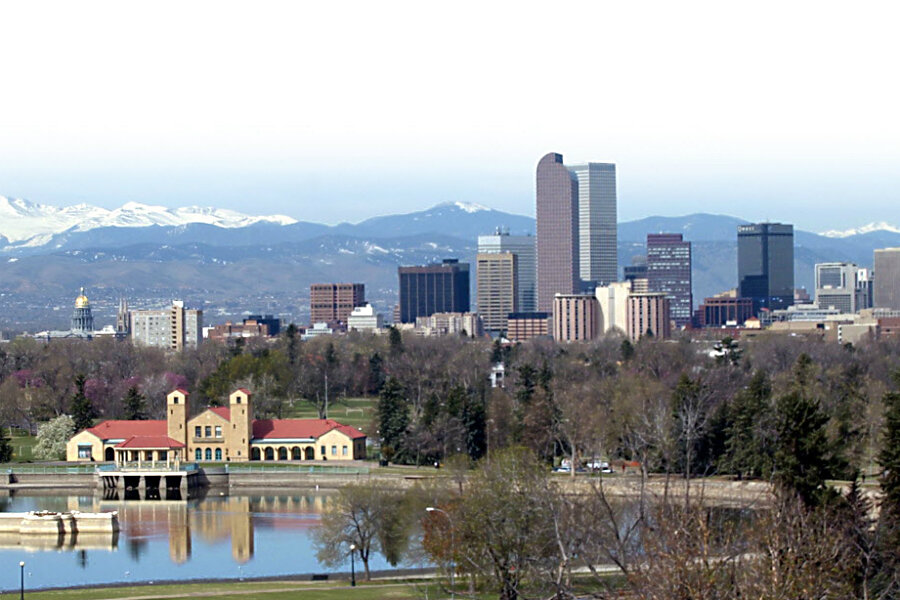Why Denver may see the biggest rent hikes this year
Loading...
If you're looking for a real-world education in supply and demand, look no further than the US rental property market.
In big cities, a limited supply of housing drives up rents, in order to price enough people out of the market. But now, smaller, second-tier cities are seeing similar trends, according to CNBC. And the demand side is driving up rents all over the map, due in part to people who in the past would become first-time home buyers remaining in the renting class, according to the report.
According to the Census Bureau, home ownership hit a 20-year low in 2014 at just over 64 percent. The average cost of rent has climbed 14 percent since 2010 to $1,124, according to Reis Inc, a paid service for commercial property monitoring, cited by the Associated Press.
Coveted California locations such as San Francisco and San José are seeing their usual spike in rents, but now there is a new city that tops the list for the highest percent increase in rent: Denver. According to Rentbits.com the average cost to rent a one bedroom apartment in the "Mile High City" was $1,553 for March, which was up from $1,403 in January. Overall, Denver's average rent increase was more than nine percent from 2014, according to the AP citing data from Marcus and Millichap, a commercial real estate firm based in California. The report went on to say rents in Denver increased overall by at least five percent every year since 2010.
The Denver area's spike is due partly to the volume of people hunting for apartments, and also because of massive job growth in metro areas outside the city where apartment stock has not been built up to match the demand, Fox 31 Denver reported.
"Rental appreciation has been a freight train these past few years, chugging along without any appreciable slowdown," Stan Humphries, Zillow's chief economist, told CNBC. "Since 2000, rents have grown roughly twice as fast as wages, and you don't have to be an economist to understand why that is hugely problematic."
In the last year some 2.8 million jobs were added to the economy, but the increase in the labor force did not translate to more down payments on homes. Millennials especially are not using renting as a vehicle to home-ownership as was the case in previous generations. Combine that with the population of working class adults who rent for a living and the result is not a lot of tenants leaving their current dwellings, which creates a scarcity in rental properties.
Most newer apartment complexes in cities cater to wealthier renters because if they are built in desirable urban areas, builders can seek a higher rent to recover increased land and development costs, according to the AP. Developers built 238,000 apartments nationwide last year, a 14-year high, with 210,000 expected to go up this year, according to Marcus and Millichap.
More apartment construction should in theory drive down rents because landlords in turn are left to vie for tenants. However, 80 percent of new complexes are luxury projects aimed at renters who can afford to pay for amenities, according to Hessam Nadji of Marcus and Millichap.
The average rent for apartments built in the previous year was $1,721, which is 46 percent higher than the average apartment rent for older buildings, according to Marcus & Millichap and data provider MPF Research.
"There's very little new supply being added anywhere else," Nadji said. "So that's why there's so much pressure on rents and very little choice for the average renter."
Material from the Associated Press was used in this report.








